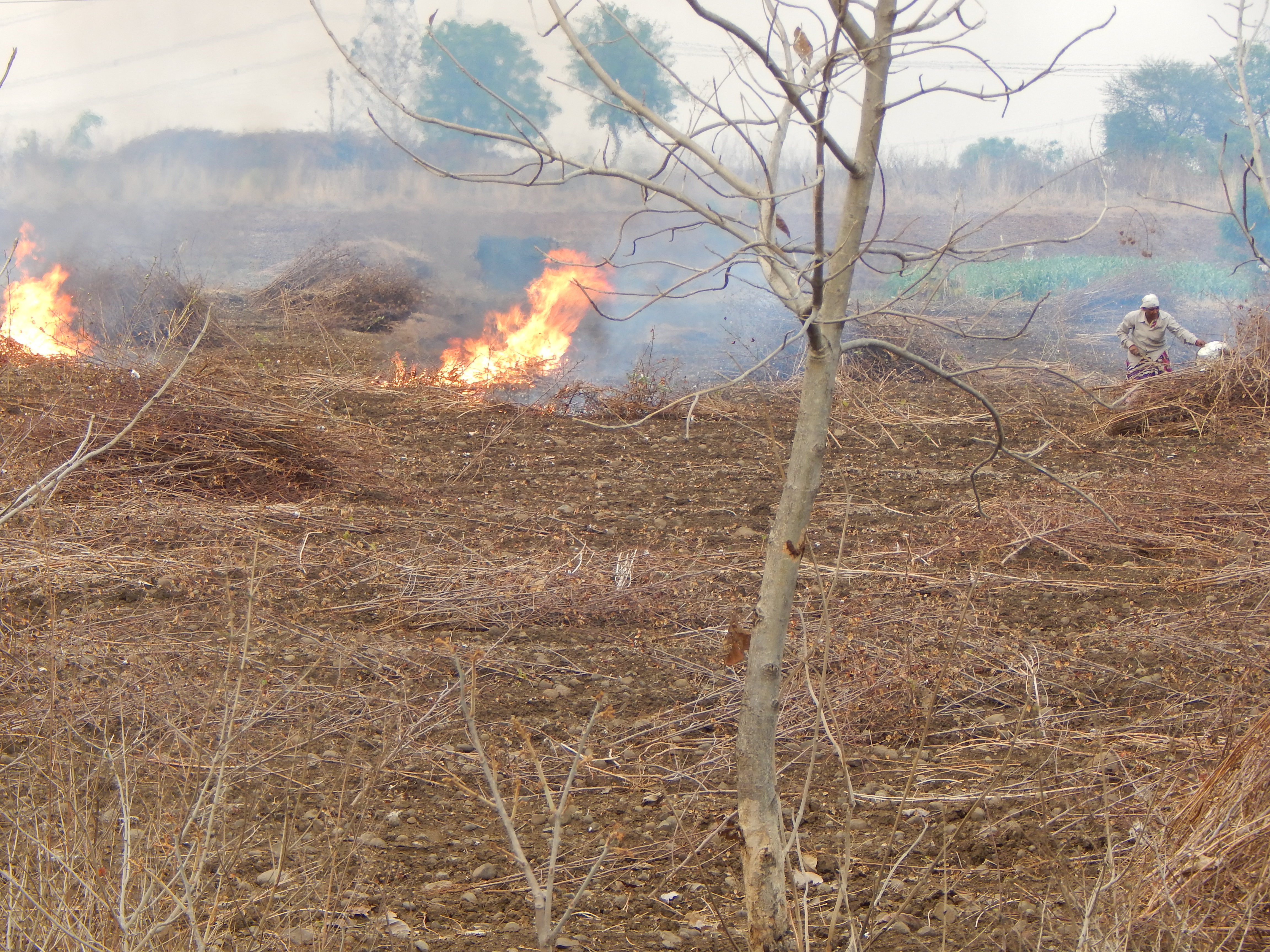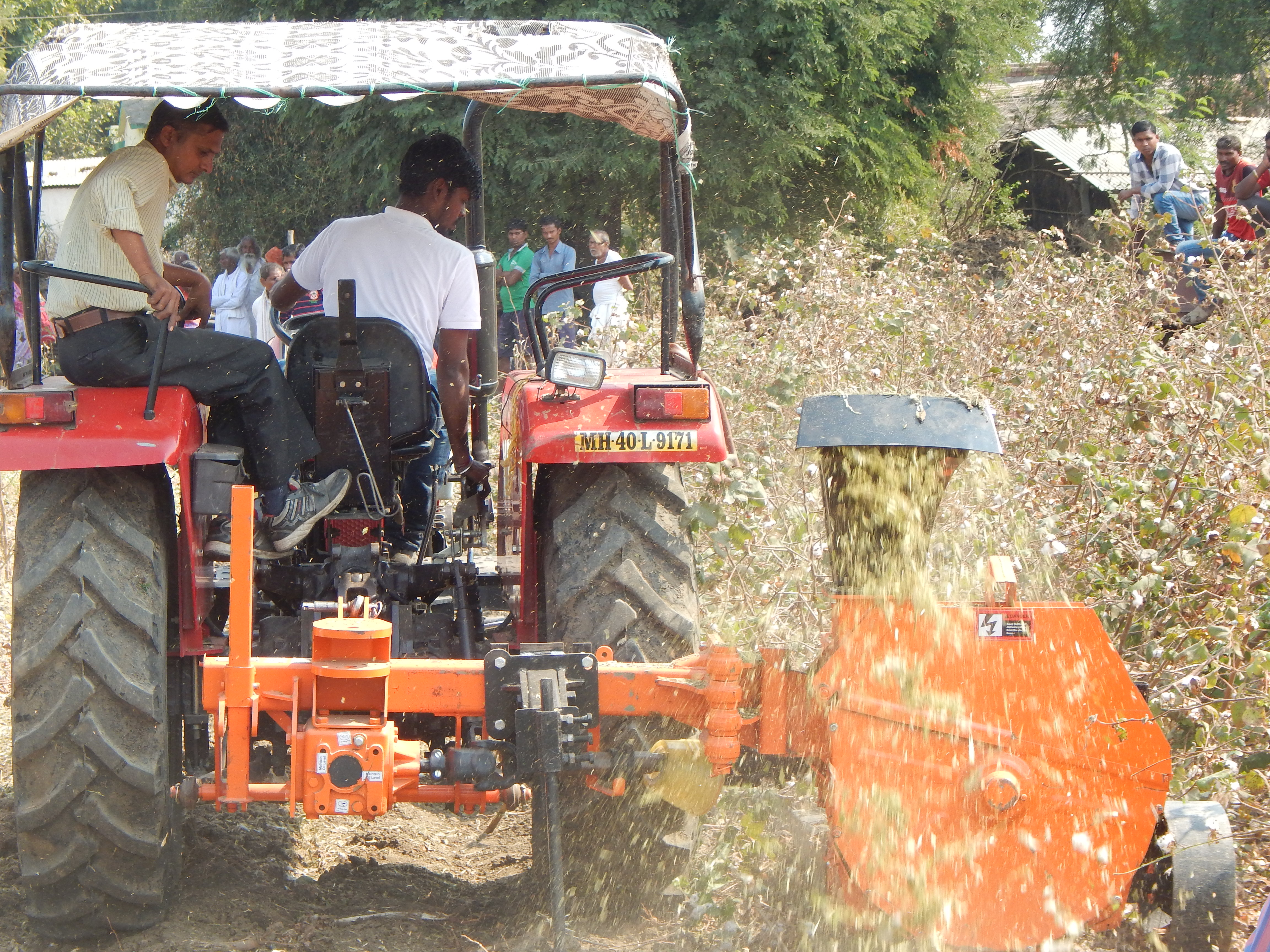Crop Residue Burning: One of the Primary reason of Climate Change
Every year in winters, North India is covered in smog due to crop burning in Haryana and Punjab. The state imposes penalties on farmers, but the farmers are helpless as they are unable to find any solution to deal with it. Where are the scientists from CICR, KVKs, and other premier agricultural institutions? Who will find the solution? What role does the government want to play to deal with this hazardous issue? Few commercial companies are working to find a solution but there is a sheer lack of support from policymakers, the government, and even the people who are not using the resources responsibly. Smog in winter is a seasonal issue but what about pollution which is perennial in nature like pollution from cars? What about water pollution from improper drainage and sewage systems of residential colonies, houses, and government buildings? What about the reduction of green landscapes, lakes, and commons?
Uttar Pradesh is leading the table as a top contributor in Crop residue with 60 Million tons, followed by Punjab (51 Million tons) and Maharashtra (46 Million ton). These three states contribute approx. 32 % of total Crop residue generated nationwide.
1.1 Below given picture is from Wardha district of Maharashtra where a woman is burning cotton crop residue

All the stakeholders have their role to play to deal with Crop Residue burning. Who are the stakeholders to deal with crop residue burning?
- Farmers – People could directly point out and tell that farmers are the main culprit who are destroying the ecosystem and polluting air.
- Government- People could directly say that the government is failing to resolve the issue
What about others?
The one, who is selling the seeds to farmers, the one who is consuming the product, the one who is making money from providing Agriculture consultancies like Bayer, Syngenta, Monsanto, UPL, and many more. These companies make Trillions by fooling farmers, and policymakers let them do it. In the name of providing support, these companies loot the Indian Farmers and make them dependent on every single agricultural input. Though production was less during the time of Independence but India was known for its crop diversity. Post-independence, particularly after the green revolution, we adopted the mono-culture methodology where we only focused on wheat and rice. All crop diversity was gone; we lost several varieties of indigenous seeds, and in lieu of production farmers adopted hybrid seeds, which needed to be bought every year.
Is it legitimate to blame only farmers for worsening the situation on the ground? The farmer is not an engineer, policymaker, or money-man who could bear the burden of prolonged climatic disaster. Why only farmers should be blamed for Crop Residue Burning? Does the state have any mechanism to resolve this major cause of environmental destruction?
In European Union, The Common Agricultural Policy is there to monitor Stubble Burning and In England and Wales, Stubble burning has been strictly prohibited since 1993. So why don’t our government take some steps to tackle this issue?
In Punjab, there is Punjab Pollution Control Board, which banned stubble burning still it is practiced across the state. So we are failing as a state and India is losing the battle in dealing with climate change.
All stakeholders need to make informed and strict action and create a cohesive and supportive environment so that we could deal with the issue in a united manner. There are technologies like Crop Shredder and Mulcher which could be used to shred crop residue and that organic matter from the crop could be used to make compost. Government and policymakers need to find and support these initiatives which have the potential to resolve the issue.
1.2 Below given picture is from Wardha district of Maharashtra where farmers are shredding the cotton crop residue

There are two images in this article where in the first one we are observing the conventional practice of burning the crop residue, 92 Million Tons of crop residue burned by farmers every year in India. The second picture is demonstrating the solution to Crop Residue Burning where we could see that the whole plant could be shredded into fine pieces. This organic matter could be composted and it also works as a layer on the topsoil which is called mulching. New technologies have the potential to solve perennial issues but who should bear the cost? How farmer could buy these costly & heavy machineries? There are solutions to deal with the cost, like the custom hiring model, which will be explained in the coming articles.